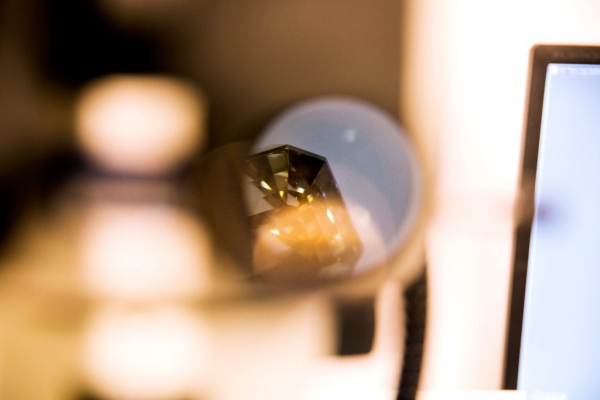If you walk into Michaels Jewelers, a family-run chain of jewelry stores in northern Connecticut, to browse the diamond jewelry for a Valentine’s Day gift, you might not notice any difference in the gems. But since last fall, customers there have been given an unusual choice: diamond from below ground or from above it.
Diamonds, among the hardest materials in world, are formed from millions of years of geological pressure, and must be extracted from mines deep in the earth. This labor-intensive process, along with tight industry manipulation and marketing that leads to a perception of rarity and mystique, drives their prices.
But the aboveground versions are not imitation diamonds, like cubic zirconia or moissanite. They are stones that have the same chemical properties of diamonds but were made in a laboratory.
Over the past five years, the quality of synthetic diamonds — first produced in the 1950s for industrial uses like cutting and polishing — has increased to the point where they have made their way into jewelry stores as gems set in rings, necklaces and earrings.



